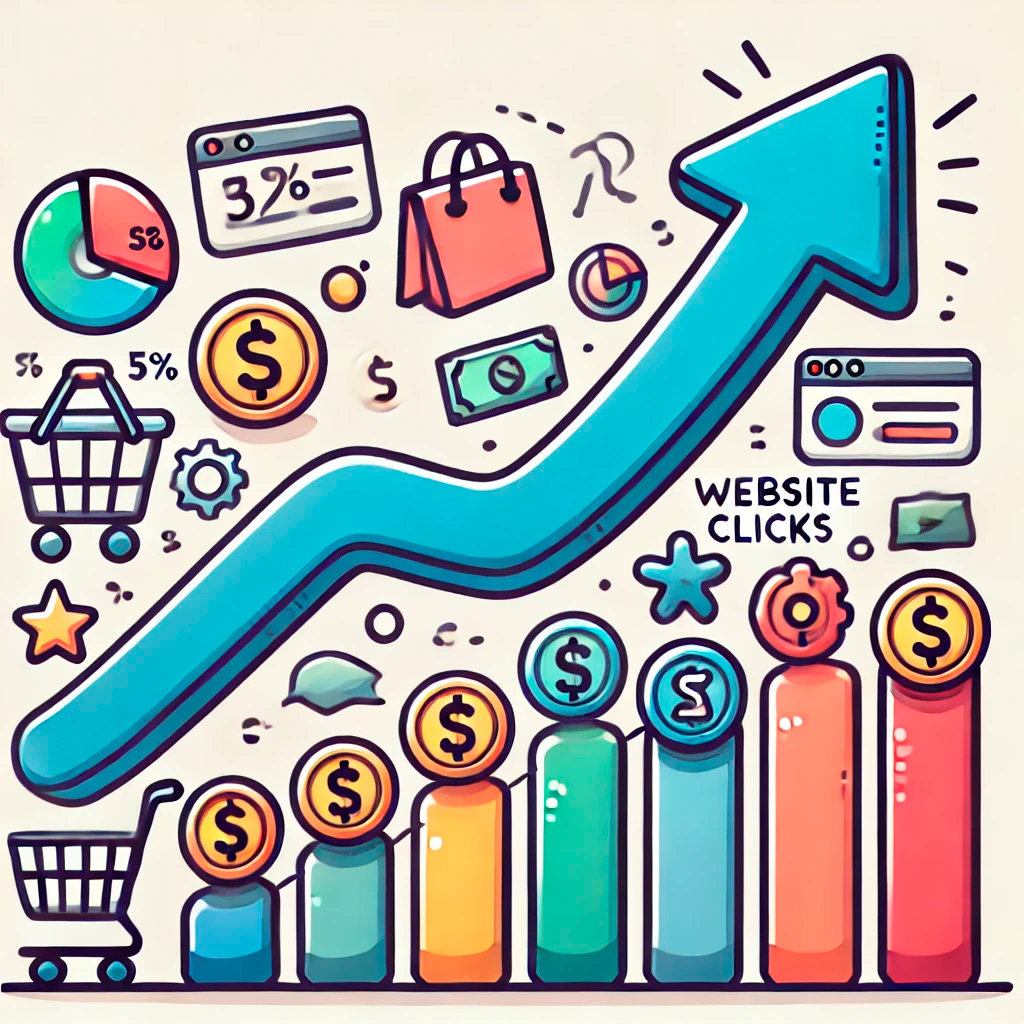
What Is a Conversion?
A conversion happens when a visitor to your website or app takes a desired action.
Examples of a conversion could be:
- Making a purchase 🛒
- Signing up for a newsletter ✉️
- Downloading an e-book 📚
- Filling out a contact form 📝
- Creating an account 👤
Basically, any action that moves a potential customer closer to becoming an actual customer can be considered a conversion.
What Is a Conversion Rate?
The conversion rate is the percentage of visitors who take the desired action. The formula is:
Conversion Rate = (Number of Conversions / Total Number of Visitors) x 100
Example:
If your online store had 1,000 visitors last month and 50 of them made a purchase, your conversion rate would be:
(50 / 1,000) x 100 = 5%
👆 Different industries and businesses have varying average conversion rates. E-commerce sites might aim for 2-3%, while B2B companies might be happy with 0.5-1% for high-value products or services.
Why Conversion Rates Matter
Understanding conversion rates is crucial because:
- They measure effectiveness: Are your marketing efforts actually working?
- They help allocate resources: Which channels or campaigns are performing best?
- They identify problems: Low conversion rates might signal issues with your website or offer.
- They guide optimization: Improving conversion rates can significantly boost revenue without increasing traffic.
Types of Conversion Rates
Depending on your business and goals, you might track different types of conversion rates:
- Overall site conversion rate
- Landing page conversion rate
- Email sign-up conversion rate
- Free trial to paid conversion rate
- Add-to-cart rate
Each of these metrics provides insights into how well your digital presence is performing.
Factors Affecting Conversion Rates
Many elements can impact your conversion rates:
- Website design and user experience: A visually appealing and easy-to-navigate website.
- Page load speed: Slow pages can drive visitors away. ⚡
- Copy and messaging: Clear, compelling, and relevant content. 📢
- Offer quality and relevance: Ensure your offer resonates with your audience. 🎁
- Trust signals: Reviews, testimonials, and security badges build credibility. 🛡️
- Device type: Optimize for desktop and mobile users alike. 📱
How to Improve Conversion Rates
Improving conversion rates is an ongoing process. Here are some strategies:
- A/B testing: Experiment with different versions of pages or emails to see what works best.
- Simplify the conversion process: Remove unnecessary steps or fields.
- Use clear and compelling calls-to-action (CTAs): Guide users to take the next step.
- Optimize for mobile users: Ensure a seamless experience across devices.
- Provide social proof: Showcase customer reviews, case studies, or testimonials.
- Offer live chat support: Address customer questions or concerns in real-time.
Remember, even small improvements in conversion rates can have a significant impact on your bottom line!
Conversion Rate Optimization (CRO)
CRO is the systematic process of increasing the percentage of website visitors who take desired actions. It’s like being a detective 🕵️♀️, but instead of solving crimes, you’re solving the mystery of why visitors aren’t converting.
Steps in CRO:
- Analyzing current performance
- Forming hypotheses about what might improve conversion rates
- Testing these hypotheses
- Implementing winning changes
- Repeating the process
CRO is an ongoing cycle of improvement, not a one-time fix.

Leave a Reply